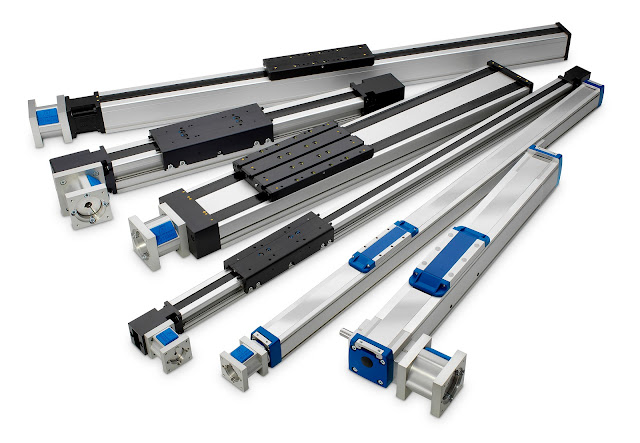Packaging Foams Are Used For Protecting Different Items From Physical Damage and Also Give A Professional Appearance to A Package
Packaging foams come in many different types, and can be used for a variety of purposes. One of the most common uses is to protect the product being shipped. Foams can also provide a professional appearance to a package. They are usually made of a polymer matrix, and have small bubbles of gas that are combined with pressure. This gives it a soft, cushioned feel.
Polyurethane and Polyethylene foams are two of the most commonly used foams. Polyurethane is a flexible, open cell foam that can be molded to various shapes. It is perfect for packaging delicate items, and is excellent for moisture sensitive products. Using Polyurethane foam is a cost effective way to ensure that the packaged product is safe from harm.
Another popular type of foam is expanded polystyrene, or Styrofoam. This material is widely used in packaging for cold or hot items. It is also resistant to moisture, chemical damage and is a strong insulation. Polyurethane foam is ideal for cushioning lightweight electronic instruments. A product with sharp edges or a very small surface area will require a different type of foam than one that is less delicate.
The global Packaging Foams Market size is estimated to be valued at US$ 15100 Million in 2021 and is expected to exhibit a CAGR of 4.56% between 2022 and 2030.
Besides offering protection, packaging foams can help to separate components in a box, as well as keep them from coming together. These products are often used in a variety of applications, from household appliances to electronics. Depending on the purpose, they can be manufactured into sheets, flat sheets, or even egg-crate-looking shapes. Some companies also offer special versions of foam, such as anti-static foam for highly sensitive environments.
Green Cell Foam is an environmentally friendly option, which is certified as compostable in backyards and industrial facilities. This packaging foam is made from US-grown corn, and provides exceptional thermal and cushioning protection.
PE foam can be anti-static for very sensitive environments. Expanded polypropylene has a low stiffness and compression creep, and cross-linked polyethylene, which is known for its non-abrasive quality.
Many people find that foams are extremely difficult to recycle, and municipal recycling programs will not accept them. Most plastic packaging is recycled only 14 percent of the time. New processes and technology being developed all the time, recycling is becoming easier and more sustainable. Borealis AG completed 50% acquisition of Nova Chemicals in April 2020, for the expansion of their business in North America.




Comments
Post a Comment